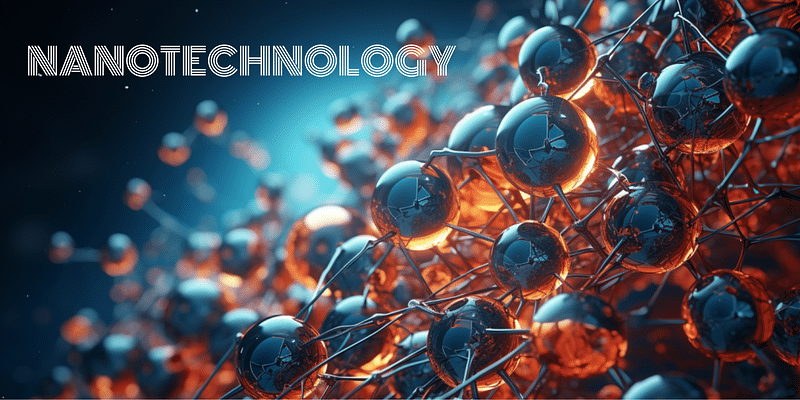
Nanotechnology, the science of the incredibly small, is making waves across numerous sectors, from healthcare to energy, and beyond. By manipulating matter at an atomic and molecular level, we’re unlocking potential for innovation once considered purely the stuff of science fiction. But what’s the real story behind nanotechnology, and how does it function?
The Fundamentals of Nanotechnology
Nanotechnology is centred around manipulating particles at the nanoscale, a range that spans from 1 to 100 nanometres. To help visualise this, a human hair is about 80,000-100,000 nanometres wide. At this miniscule scale, particles exhibit unique properties such as enhanced strength, increased chemical reactivity, and altered light interaction.
Nanotechnology is truly interdisciplinary, marrying knowledge from physics, chemistry, biology, and materials science. It relies heavily on tools like scanning tunneling microscopes (STMs) and atomic force microscopes (AFMs) to visualise and interact with structures at the nanoscale.
The Magic of the Nanoscale
Nanotechnology encompasses “bottom-up” and “top-down” approaches. The former involves assembling larger structures from smaller ones, much like molecules forming a material, whilst the latter involves whittling down larger structures to create smaller ones, like etching a microchip from a silicon wafer.
Nanotechnology’s potential to generate materials and devices with unprecedented properties is one of its most thrilling aspects. For example, graphene, a single layer of carbon atoms in a two-dimensional lattice, is exceptionally strong and lightweight with extraordinary electrical conductivity.
Expanding Applications of Nanotechnology
The potential applications for nanotechnology are practically limitless. In healthcare, nanoparticles can be engineered to target specific cells for drug delivery, lessening side effects and boosting treatment effectiveness. In energy, nanomaterials can boost the efficiency of solar panels and batteries.
Moreover, nanotechnology is making significant strides in environmental science. Nanosensors can detect and clean up environmental pollutants, while nanomaterials are being utilised in water purification systems to remove bacteria, viruses, and other contaminants. The electronics industry also stands to gain significantly from nanotechnology, with nano-enhanced materials enabling smaller, faster, and more powerful devices.
Overcoming Challenges
Nanotechnology, while promising, also presents substantial challenges. Nanoparticles can behave unpredictably, raising concerns about their impact on health and the environment. Moreover, manufacturing at the nanoscale is intricate and can be expensive.
Ongoing research and development in nanotechnology are crucial to surmount these obstacles and fully realise its potential. As we continue our exploration of the nanoworld, we’re constantly uncovering new possibilities that could reshape our world.



![Read more about the article [Weekly funding roundup] July begins on a strong note](https://blog.digitalsevaa.com/wp-content/uploads/2021/07/Weeklyimage-1577460362436-300x150.png)



![Read more about the article [Jobs Roundup] Interested in spacetech? These openings at Bellatrix Aerospace might help your career to take o](https://blog.digitalsevaa.com/wp-content/uploads/2021/02/spacetechimage-1600942442854-300x150.jpg)


